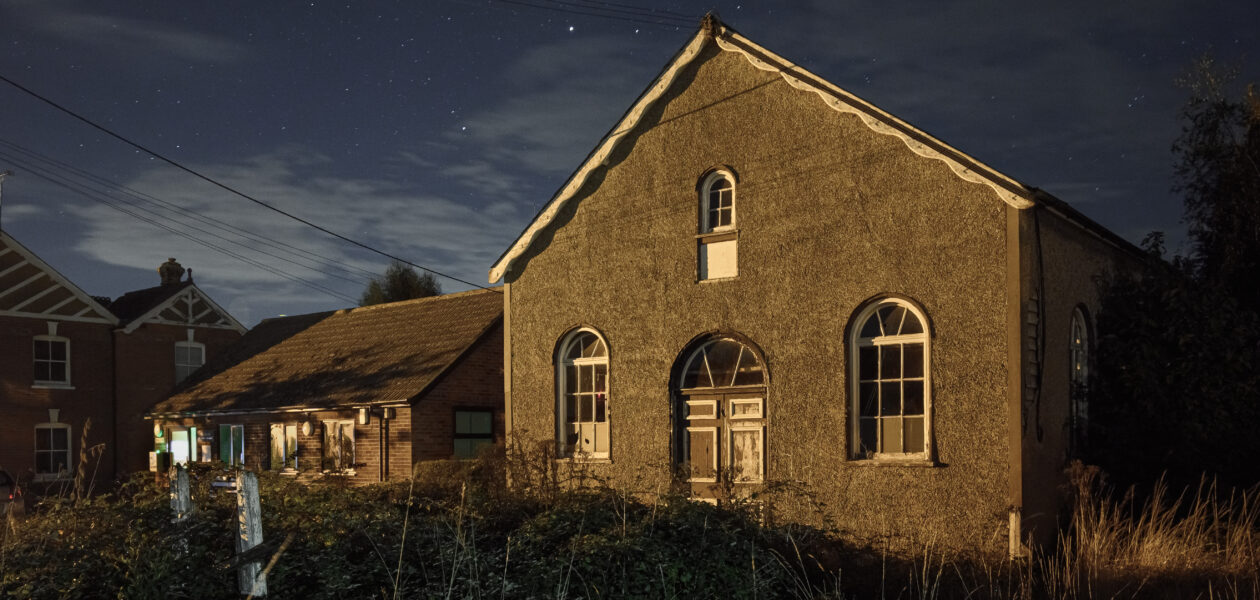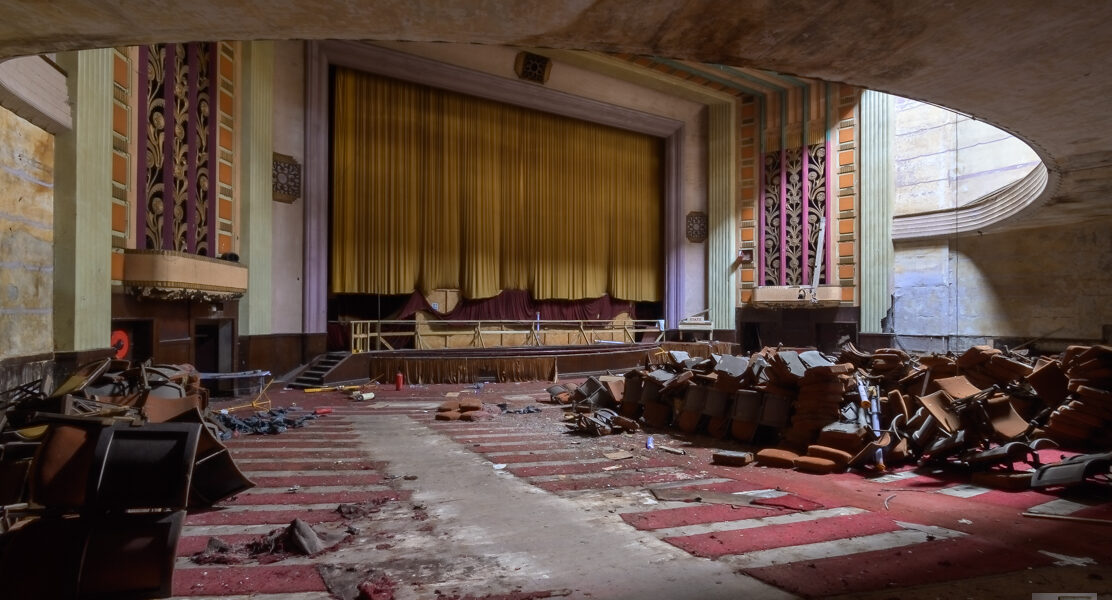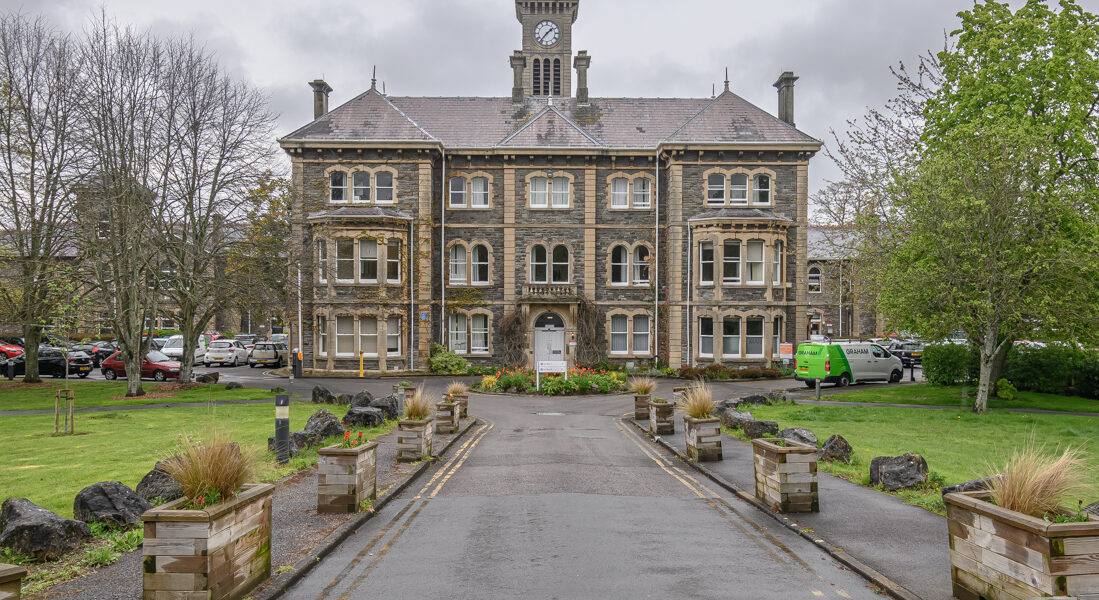Severalls Mental Hospital
In 2015, Beyond the Point was given exclusive access to film and photograph inside the derelict site, with filming requests from the likes of the Discovery Channel declined. This was done with the intention of creating a feature film entitled ‘Secrets of Severalls’, although it never came to fruition due to time constraints and the…
View More









